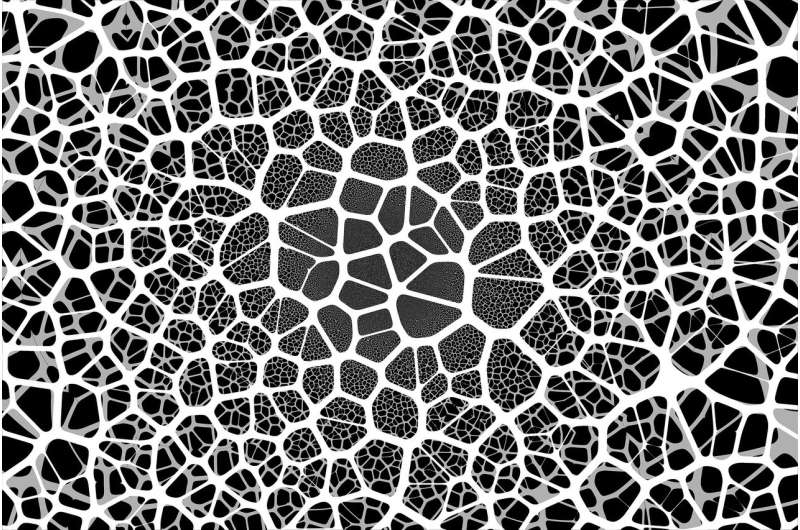Researchers develop framework to study brain connectivity in living organisms

Bramsh Chandio, a Ph.D. candidate in intelligent systems engineering, advised by Assistant Professor of Intelligent Systems Engineering Eleftherios Garyfallidis, published a paper in Nature Scientific Reports that lays out a large medical analytics framework that can be used in neuroscience and neurology to study brain connectivity in living organisms.
The study, which was funded by the National Institutes of Health, focused on Parkinson's Disease progression markers. However, the framework, called Bundle Analytics, or BUAN, can be adapted to any neurological or psychiatric disorder. The data can be acquired safely in any MRI scanner using diffusion magnetic resonance imaging (dMRI) acquisitions, which are used to monitor strokes and are widely available. In this way, BUAN can be a handy tool for multiple domains of science, engineering, and medicine.
"We wanted to create a generic, forethought, robust, and thoroughly tested framework for studying brain pathways in vivo that could be used to study and find the effects of any pathological or psychological conditions on brain connectivity," Garyfallidis said.
The paper, "Bundle analytics, a computational framework for investigating the shapes and profiles of brain pathways across populations," describes a robust and user-friendly software tool that can allow neuroscientists and neuroengineers to explore the brain connections in a safe and reproducible way. Bundle analytics, or BUAN, provides a framework for real-world tractometric studies, which feature tract-specific microstructural measurements of white matter in the brain.
"A psychologist can benefit from BUAN to develop a theory about the brain's function," Chandio said. "A neurologist can use it to find which brain pathways of a patient have defects or deviate from the normal population. It can be used for longitudinal studies to test the effects of a medication on a population, neurosurgical procedures, age, etc. A medical or neuroscience student can use BUAN to study and learn the major pathways of the brain, understand the connectivity of the brain, and investigate the possibility of new pathways. There are endless possibilities for the practical use of BUAN in multiple fields of science."
To strengthen reproducibility and openness in science, BUAN is freely available in DIPY, a well-established and reputable medical imaging software library. This allows data scientists and software developers to extend the framework using standard software engineering practices.
Chandio and her colleagues are currently contacting medical imaging centers, clinics, and pharmaceutical companies to deploy BUAN in their daily practice to improve patient treatment and care.
"This research presents an important step forward in understanding how the brain works and how different diseases impact it," said Kay Connelly, associate dean for research for the Luddy School. "These types of tools sit at the heart our school's mission, and it reinforces our leadership when it comes to developing the healthcare technology of tomorrow."
More information: Bramsh Qamar Chandio et al. Bundle analytics, a computational framework for investigating the shapes and profiles of brain pathways across populations, Scientific Reports (2020). DOI: 10.1038/s41598-020-74054-4
















